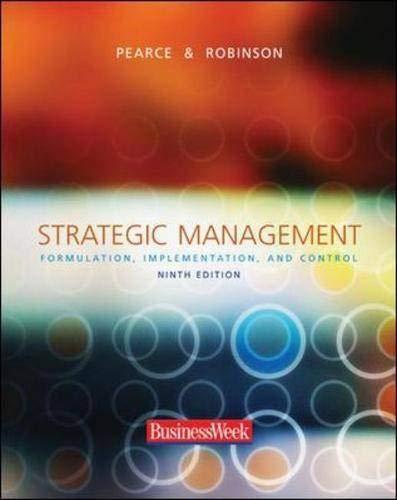Question
Following an automobile accident, a 19-year-old boy who had recently escaped from a detention center was brought to the hospital emergency department by ambulance. The
Following an automobile accident, a 19-year-old boy who had recently escaped from a detention center was brought to the hospital emergency department by ambulance. The patient seemed to be alert and claimed to be suffering withdrawal symptoms from a drug habit. The patient claimed that he participated in a methadone treatment program. Without asking any further questions or investigating the patient's claims any further, the physician immediately administered 40 milligrams of methadone to the patient. After further testing and lab work, it was determined that the patient needed to be transfused with two pints of blood. After being informed of the need to receive blood, the patient refused it. After being observed in the emergency department for several hours, the patient was placed on a medical-surgical unit for further observation. The following morning it was not possible to awaken him, and he was pronounced dead. It was discovered that he had never been an addict or in a methadone treatment program. Rather, the previous night he had been drinking beer and taking librium. He had withheld this information from hospital authorities. His estate sued the physician. Consider the possible outcomes if death was the result of (1) overdose of methadone, (2) failure to administer blood, or (3) subdural hematoma (which is a bleeding on the brain).
In a 200-250-word paper:
- Analyze the success of a claim for negligence for each of the three possible outcomes above:
- death due to an overdose of methadone
- death due to a failure to administer blood
- death due to a subdural hematoma
For each possible outcome, include in your analysis a detailed discussion of each element of negligence and why that element is met or not met.
- Second, analyze for each possible outcome whether the defenses of comparative negligence, contributory negligence, or assumption of the risk may be asserted by the defendant, including a discussion of why that defense is or is not applicable.
Step by Step Solution
There are 3 Steps involved in it
Step: 1

Get Instant Access to Expert-Tailored Solutions
See step-by-step solutions with expert insights and AI powered tools for academic success
Step: 2

Step: 3

Ace Your Homework with AI
Get the answers you need in no time with our AI-driven, step-by-step assistance
Get Started


